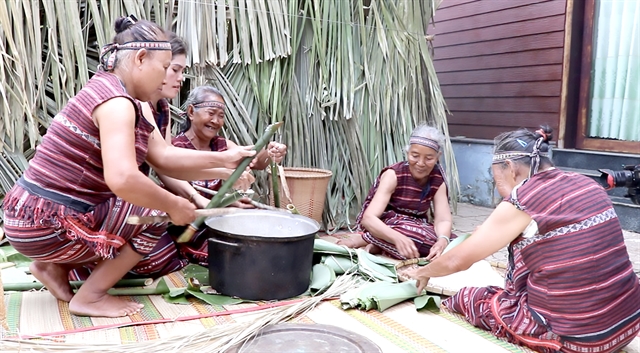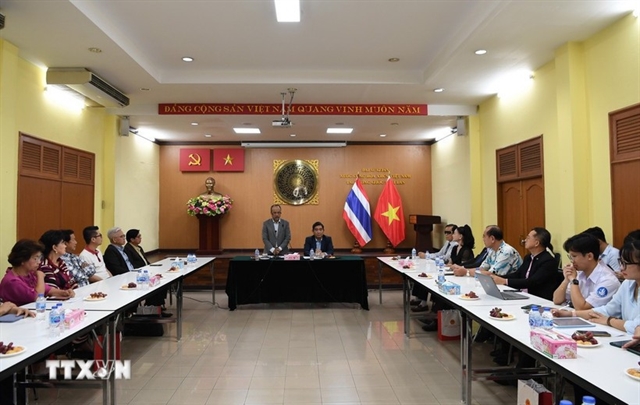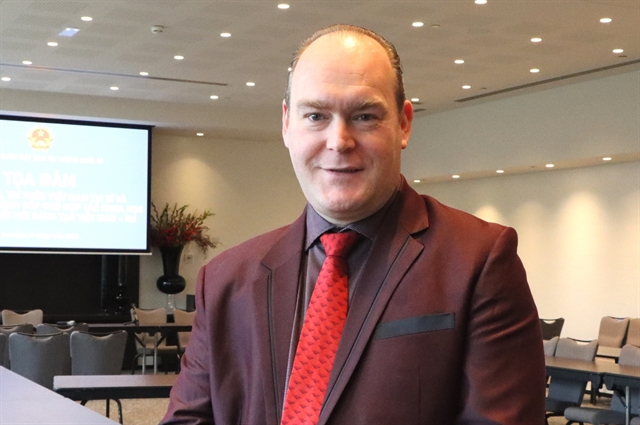 Life & Style
Life & Style

Bà Rịa - Vũng Tàu Province will allocate more than VNĐ118 billion ($4.8 million) to support poor ethnic people to improve their living conditions.

|
| Châu Ro ethnic women are making cakes. Bà Rịa Vũng Tàu province set a target to provide electricity for 63 households and clean water for 112 households in minority neighbourhoods. Photo baria-vungtau.dcs.vn |
BÀ RỊA VŨNG TÀU Bà Rịa Vũng Tàu Province will allocate more than VNĐ118 billion (US$4.8 million) to support poor ethnic people to improve their living conditions.
This year, the province set a target to provide electricity for 63 households and clean water for 112 households.
In addition, the province will invest in 13 road projects in minority villages and hamlets.
All the ethnic festivals will be supported, and all ethnic students studying at all levels will be provided with notebooks and textbooks.
Minority households will be supported with loans from the province's Social Policy Bank when they need to build houses.
Since the province implemented the national target programme of socio-economic development for ethnic people from 2022 to 2025, most families have acquired concrete houses and have access to electricity. They have been given seedlings to develop agriculture.
The province has applied the policies of the government in developing the socio-economy and maintaining political security. It has mobilized resources and combined socio-economic projects to make full use of investment with priority given to extremely poor areas.
Every year Bà Rịa Vũng Tàu disburses an average $8.6 million to carry out hundreds of civil works in minority areas, such as upgrading roads and building electrical grids and irrigation works. It spends more than $1 million per year to support poor ethnic households, improve the clean water supply, and develop agriculture production.
The province has more than 25,700 people of 38 ethnic groups, including the Hoa, Khmer, Tày, Nùng, and Châu Ro. They account for 2.3 per cent of the provincial population and live mainly in Châu Đức and Xuyên Mộc districts. The local administration has worked to improve their living conditions.
Châu Đức District has more than 2,200 ethnic households with about 9,500 people from 13 ethnic groups. In the past, their income came mainly from small-scale farming and animal husbandry. A lot of households were extremely poor because they lacked arable land. VNS




